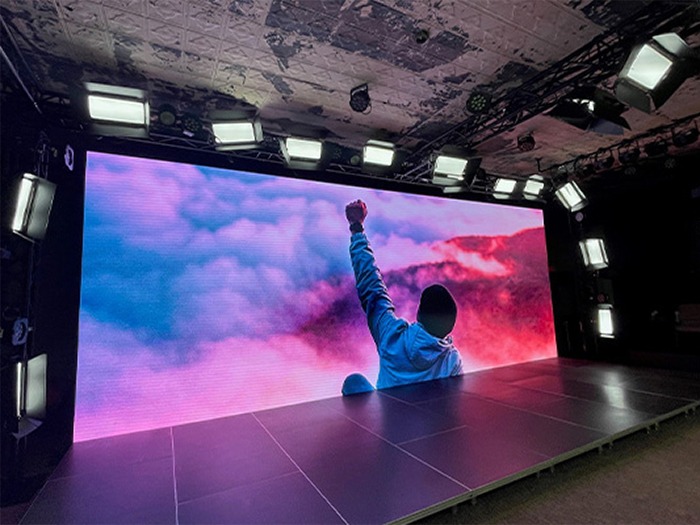Effective Strategies for Overcoming Temperature Challenges in Light Emitting Diode Wall Screens
Wiki Article
Light Emitting Diode panel screens are progressively popular for multiple applications, such as advertising, functions, and digital displays. Nevertheless, excess heat is a significant challenge that can affect their functionality and lifespan. When LED panels overheat, they may decrease in brightness, color distort, or even fail completely. Grasping the causes and implementing efficient methods to manage heat can help maintain the optimal function of LED wall screens. This piece will discuss several strategies to address excess heat challenges related with these devices.
One effective approach for preventing overheating in LED panel panels is guaranteeing proper airflow. It is essential to install these screens in environments where air circulation is sufficient. This can be achieved by placing the panels in a properly aired space or using blowers to improve ventilation around the devices. Additionally, if the screens are installed in a tight area, creating gaps or implementing vents can help dissipate heat more efficiently. Keeping a lower ambient heat level is vital, as it directly impacts the performance and durability of LED panel screens.
Another way to combat overheating is through the application of heat control substances. These substances can help take in, disperse, or deflect heat away from the LED components. Thermal sinks are commonly employed in many electronic units, including LED panels. These metal components pull heat away from the light-emitting components, allowing them to operate at a safer temperature. Additionally, thermal paste or films can be applied to enhance heat conduction between the LED elements and the thermal sinks, further boosting their cooling efficiency.

Routine care and monitoring of LED panel panels also play a vital role in preventing overheating. Dust and debris can accumulate on the surfaces of these panels, blocking ventilation and holding heat. Regular cleaning, using appropriate tools, will ensure the screens free from blockages. Furthermore, monitoring the temperature of the panels can help identify overheating issues before they become critical. Using temperature sensors can provide valuable data, allowing users to take remedial action if the panels begin to exceed safe operating temperatures.
The implementation of advanced technology can also help address overheating challenges in LED wall panels. Many modern LED panels come equipped with built-in thermal management systems. These systems can automatically adjust the brightness of the screen based on the heat level, reducing heat generation when necessary. Additionally, software solutions can monitor the performance of the panels and provide alerts if excess heat is identified. Using these tools can considerably improve the durability and dependability of LED panel screens.
In summary, controlling excess heat in LED wall panels is essential for guaranteeing their performance and lifespan. Implementing strategies such as providing adequate ventilation, utilizing heat management materials, conducting regular maintenance, and employing cutting-edge tools can help reduce overheating challenges. By taking these proactive measures, users can enjoy the complete benefits of LED wall panels while minimizing Find Out More the risk of temperature-related problems. This method not only improves the functionality of the panels but also contributes to a more sustainable and effective application of devices in multiple applications.